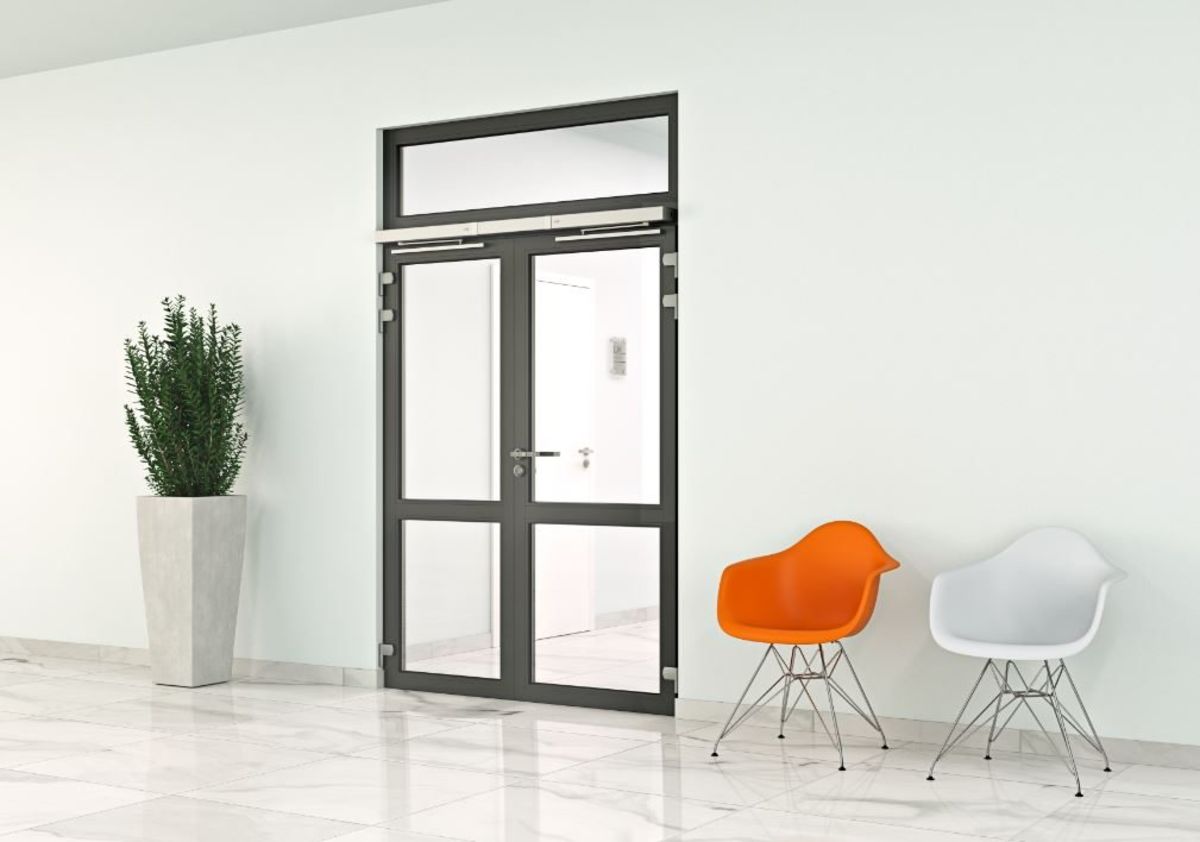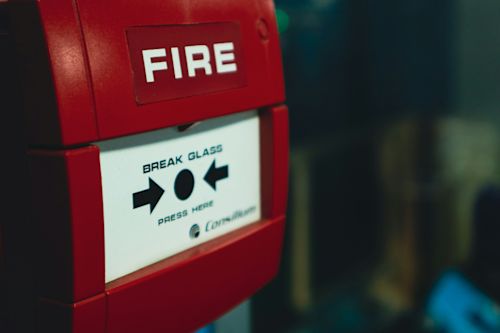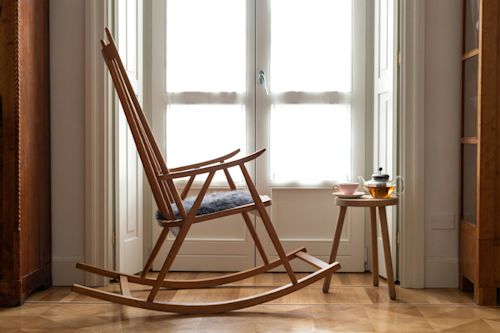
Swing doors are widely used in many buildings, offering a practical solution for opening and closing access spaces. However, to facilitate their use, it is essential to have an effective operator mechanism. This device allows doors to be automated or their handling to be improved.What are the different types of operator mechanisms for swing doors, how do they work, and what are their applications?
Operator mechanisms for manual swing doors
Simple hinges
Simple or double hinges are the basic mechanism used on many manual swing doors. They allow the door leaves to pivot around a fixed vertical axis. However, they have limitations in terms of maximum supported weight and ease of use, requiring manual force to open and close the door.
Pivots
These are operator mechanisms that allow the swing door to pivot around a vertical or horizontal axis. They offer great stability and can support doors of considerable weight. Pivots are commonly used in commercial buildings and nursing homes, where doors need to be easy to open for residents.
Butt hinges
Butt hinges are operator mechanisms similar to regular hinges, but with a higher load capacity. They are specially designed for heavy doors, such as fire doors, and provide smooth opening and closing.
Operator mechanisms for automatic swing doors
Electric motors
Electric motors are operator mechanisms commonly used to automate swing doors. They work by converting electrical energy into mechanical movement, allowing automatic opening and closing of doors. Motors can be controlled by various means, such as motion sensors, push buttons (push go), or remote control. Power is supplied by the mains or by battery.
Hydraulic actuators
Hydraulic actuators use hydraulic pressure to open and close swing doors. They provide great operating force and are suitable for large and heavy doors. Hydraulic actuators also allow precise control of opening and closing speed, making them ideal for applications requiring reliable and secure automation.
Pneumatic springs
Also called pneumatic actuators, they use compressed air to generate force to open and close swing doors. Their energy consumption is low. They are commonly used in buildings where reducing energy consumption is an important concern. Pneumatic springs also provide smooth opening and closing, thus improving user comfort.
Operators for sliding swing doors: The mechanisms
Floor rails
Sliding swing doors use floor rails for their operation. The door leaves are suspended on rollers that move along the rails when opening and closing the door. However, floor rails can have limitations, including maintenance issues due to the accumulation of dust and dirt, as well as potential obstacles for people with reduced mobility.
Suspended rails
Sliding doors with suspended rails offer an alternative to floor rails. The door leaves are suspended from rails fixed to the ceiling, allowing smooth opening and closing without obstruction on the floor. The installation of suspended rails is common in spaces where aesthetics and ease of cleaning are important considerations.
Recessed floor rails
Recessed floor rails are an ideal solution for small spaces where floor clutter must be minimized. The door leaf slides along the rail embedded in the floor, allowing opening without additional obstruction. This option is commonly used in commercial buildings, shopping centers, and airports.
Selection criteria for operator mechanisms for swing doors
When choosing the operator mechanism for a swing door, several criteria must be taken into account:
The width and weight of the door: it is essential to choose a mechanism capable of supporting the dimensions and weight of the door for optimal operation.
The expected frequency of use: depending on the expected traffic, it is important to select an operator mechanism capable of withstanding intensive use.
Aesthetics and harmony with the building: the choice of operator mechanism must also take into account the aesthetics and harmony with the overall design of the building.
Specific requirements such as fire doors: some applications require operator mechanisms specially designed to meet fire safety standards and facilitate emergency operations management.
Nursing homes and care facilities: in these environments, it is important to choose operator mechanisms suited to the needs of residents, offering maximum ease of use and accessibility.
Make the right choice
Operator mechanisms for swing doors play an essential role in the ease of handling doors, whether manual or automatic. From simple hinges to electric motors and sliding rails, each solution has specific advantages and limitations. It is crucial to choose the appropriate operator mechanism, taking into account the dimensions and weight of the door, the expected frequency of use, aesthetics, specific application requirements, and price.
Are you considering installing an operator mechanism for your swing doors? Consult our experts in door automationfor advice on our range of products and swing door automation solutions. By making the right choice, you can improve the performance, safety, and comfort of your equipment.



